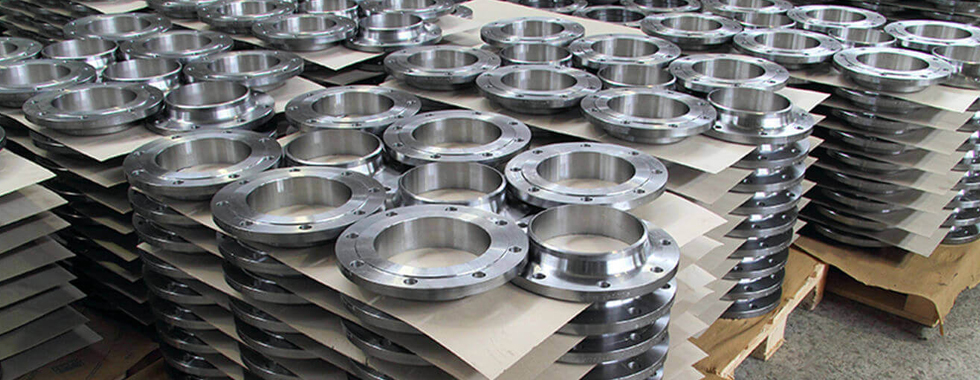Exploring the Various Types of Inconel Flanges and Their Uses

Inconel is a family of high-performance nickel-chromium-based alloys that are known for their excellent resistance to high temperatures, corrosion, and oxidation. Inconel flanges are used in a variety of applications across industries that require high-performance, reliability, and durability.
Here are some of the various types of Inconel flanges and their uses:
Inconel 600 Flanges: These flanges are widely used in high-temperature applications such as petrochemicals, power plants, and oil refineries. They have excellent resistance to oxidation and stress-corrosion cracking.
Inconel 625 Flanges: These flanges are commonly used in offshore oil and gas operations, chemical processing, and marine applications. They have superior corrosion resistance to chloride-ion stress corrosion cracking and excellent strength and toughness at high temperatures.
Inconel 718 Flanges: These flanges are often used in aerospace and gas turbine engine applications. They have excellent tensile, fatigue, and creep-rupture strength, making them ideal for high-temperature environments.
Inconel X-750 Flanges: These flanges are commonly used in gas turbines, nuclear reactors, and rocket engines. They have excellent resistance to oxidation, corrosion, and high-temperature environments.
Incoloy 800 Flanges: These flanges are often used in high-temperature applications such as heat exchangers, furnace components, and chemical processing equipment. They have good strength and excellent resistance to oxidation and carburization.
Incoloy 825 Flanges: These flanges are commonly used in chemical processing, nuclear fuel reprocessing, and marine applications. They have excellent resistance to corrosion, especially in acidic environments.
In conclusion, the various types of Inconel flanges have different properties that make them suitable for specific applications. When selecting the type of Inconel flange to use, it is important to consider the specific requirements of the application to ensure optimal performance and reliability.
